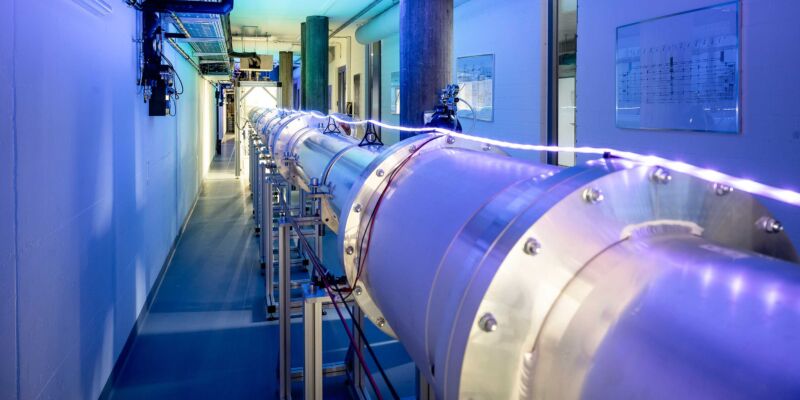Qubits 30 meters apart used to confirm Einstein was wrong about quantum

Enlarge / The quantum network is a bit bulkier than Ethernet. (credit: ETH Zurich / Daniel Winkler)
A new experiment uses superconducting qubits to demonstrate that quantum mechanics violates what's called local realism by allowing two objects to behave as a single quantum system no matter how large the separation between them. The experiment wasn't the first to show that local realism isn't how the Universe works-it's not even the first to do so with qubits.
But it's the first to separate the qubits by enough distance to ensure that light isn't fast enough to travel between them while measurements are made. And it did so by cooling a 30-meter-long aluminum wire to just a few microKelvin. Because the qubits are so easy to control, the experiment provides a new precision to these sorts of measurements. And the hardware setup may be essential for future quantum computing efforts.
Getting real about realismAlbert Einstein was famously uneasy with some of the consequences of quantum entanglement. If quantum mechanics were right, then a pair of entangled objects would behave as a single quantum system no matter how far apart the objects were. Altering the state of one of them should instantly alter the state of the second, with the change seemingly occurring faster than light could possibly travel between the two objects. This, Einstein argued, almost certainly had to be wrong.